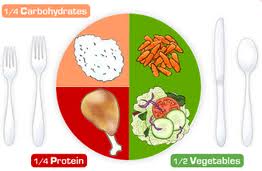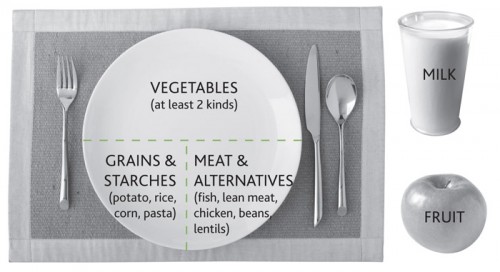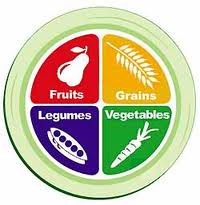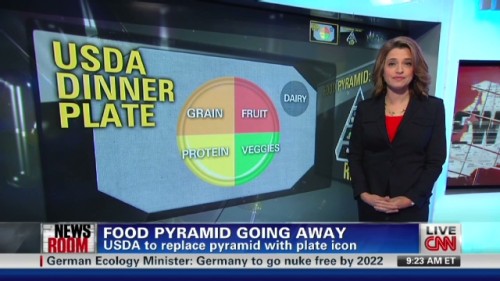What will USDA’s food plate look like?
According to William Neuman’s report in the New York Times, a USDA official, Robert C. Post, said the new food guide would be a plate and that it would serve educational purposes :
The agency would use the plate to get across several basic nutritional messages, including urging consumers to eat smaller portions, switch to low-fat or fat-free milk and drink water instead of sugary drinks.
A plate with half devoted to fruits and vegetables is not exactly a new concept.
The American Diabetes Association has been using this plate as a food guide:
The American Institute for Cancer Research uses this one:
Canada’s food guide is translated into this plate:
And the Physicians’ Committee for Responsible Medicine has an elegantly designed 100% plant-based plate for vegetarians and vegans:
And here’s what CNN thinks the new USDA food icon will look like:
Can the USDA improve on the existing versions? Does CNN have it right?
I’ll be in Washington tomorrow to find out. You can be there virtually at www.cnpp.usda.gov.






